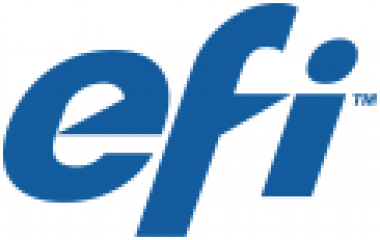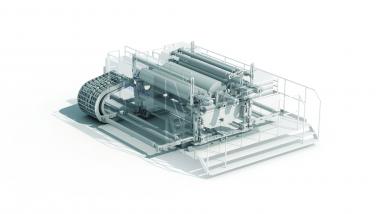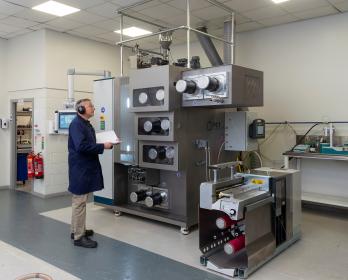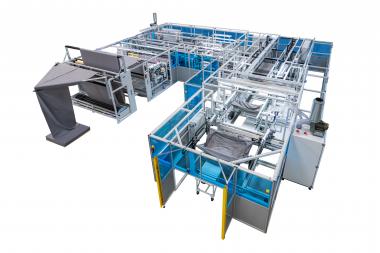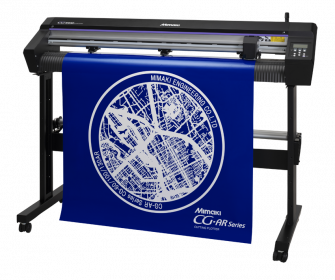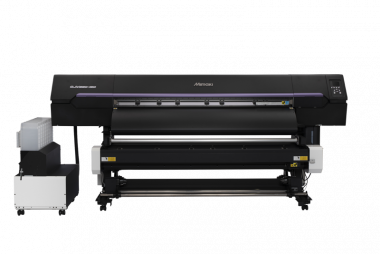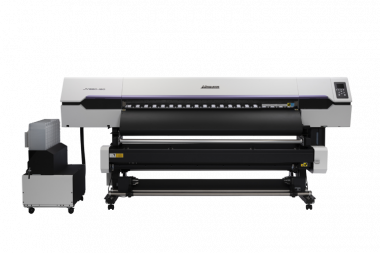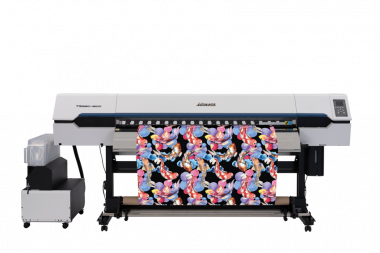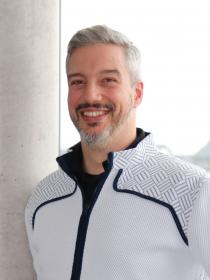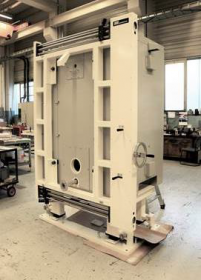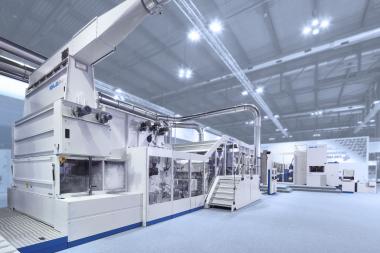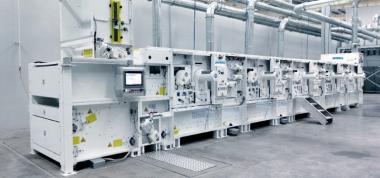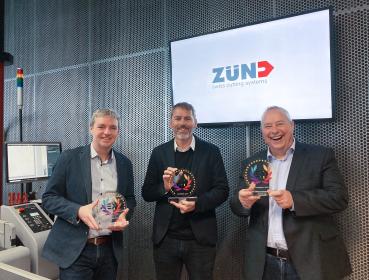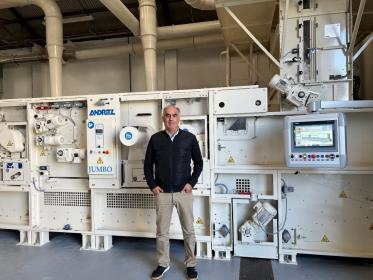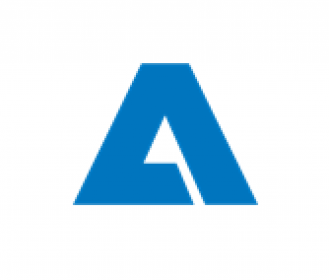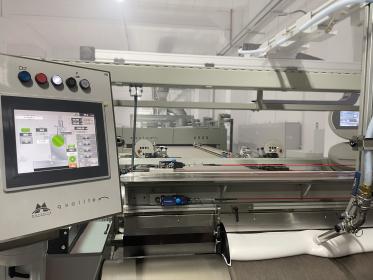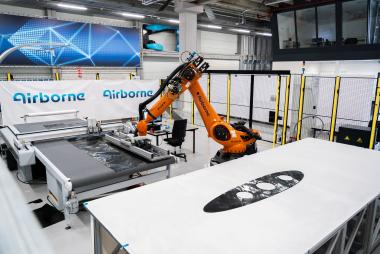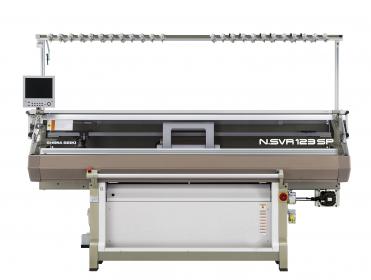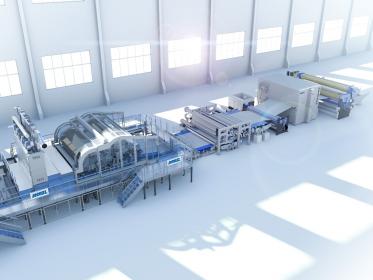EFI Fiery Prep-it Print-for-Cut Software Generates Significant Time and Media Savings
Display graphics print providers now have a powerful solution for saving media and reducing prep time with newly available EFI™ Fiery® Prep-it™ true-shape nesting and cut-preparation software. The newly available solution from Electronics For Imaging, Inc. connects to any digital front end (DFE) – including full integration with EFI Fiery proServer and Fiery XF DFEs – to increase the profitability of cut jobs printed on wide- to superwide-format inkjet printers.
Media and time savings
Automated cut job preparation
Economic advantages for all display graphics businesses
Whether print businesses do their nesting layouts manually in Adobe® Illustrator®, or use an existing nesting solution, switching to Fiery Prep-it software offers compelling productivity gains and media savings. It has some of the best true-shape nesting technology on the market, including its 1° increment rotation capability and accurate double-sided nesting, giving users the ability to reduce media waste and turnaround time even further.
On top of its ability to generate at least 10% in media savings, Fiery Prep-it also increases profitability by:
- Giving companies the ability to win more tight-deadline business by preparing cut jobs in a fraction of the time required with manual nesting methods
- Reducing errors and expensive rework due to minimal touchpoints in job production with hot folders and automation capabilities
- Removing production bottlenecks with increased utilization of existing printing and cutting equipment.
The software integrates with EFI Fiery proServer and Fiery XF DFE print servers, providing access to an additional 1,300+ cutter and router types on top of built-in Prep-it connectivity options. The software can also connect to any RIP or DFE that accepts PDF files, serving as a central hub for cut job preparation.
EFI


